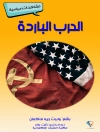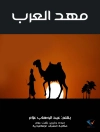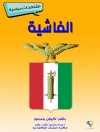Since the late 1700s new forms of visual entertainment have tried to simulate the details of nature: reenactment has now become the most widely-consumed form of popular history. This book engages with the quest for definition and appropriate delimitation of reenactment as well as questions about the relationship between realism and affect.
Jadual kandungan
List of Illustrations Notes on Contributors Acknowledgements Introduction: From Realism to the Affective Turn: An Agenda; I.Mc Calman & P.A.Pickering ‘… Just As It Would Have Been in 1861’: Stuttering Colonial Beginnings in ABC’s Outback House; A.Schwarz ‘Recreating Chaos’: Jeremy Deller’s The Battle Of Orgreave; K.Kitamura On Being A Mobile Monument: Historical Reenactments And Commemorations; S.Gapps What Should We Do About Slavery? Slavery, Abolition and Public History; J.Walvin Reenactment and Neo-Realism; J.Brewer Textual Realism and Reenactment; J.Walker ‘No Witnesses. No Leads. No Problems’: The Reenactment of Crime and Rebellion; P.A.Pickering R.G. Collingwood, Historical Reenactment and the Early Music Revival; K.Bowan ‘From Wigwam to White Lights’: Popular Culture, Politics, and the Performance of Native North American Identity in the Era of Assimilationism; R.B.Phillips & T.Nicks Mimic Toil: Eighteenth-Century Preconditions for the Modern Historical Reenactment; S.During Loutherbourg’s Simulations: Reenactment and Realism in Late-Georgian Britain; I.Mc Calman
Mengenai Pengarang
IAIN MCCALMAN is Professorial Research Fellow in the Department of HIstory at the University of Sydney, Australia
PAUL PICKERING is Professor of History and Director of Graduate Studies at the Research School of Humanities at The Australian National University.












